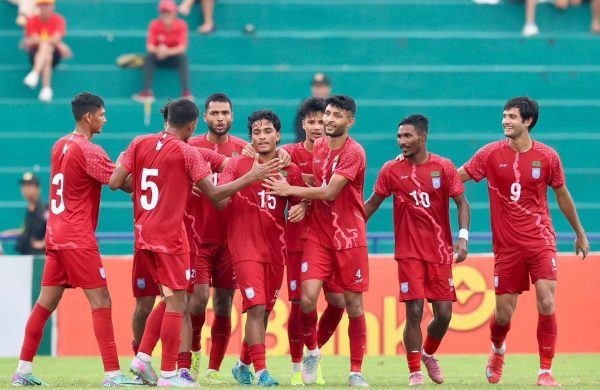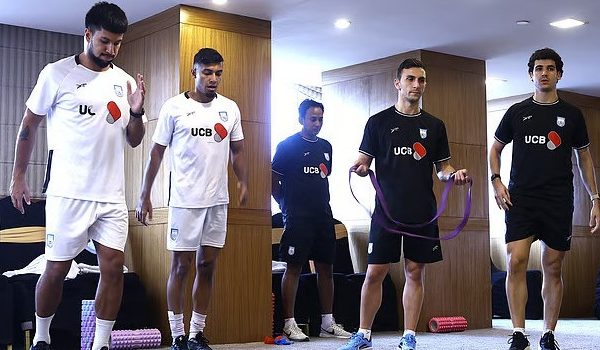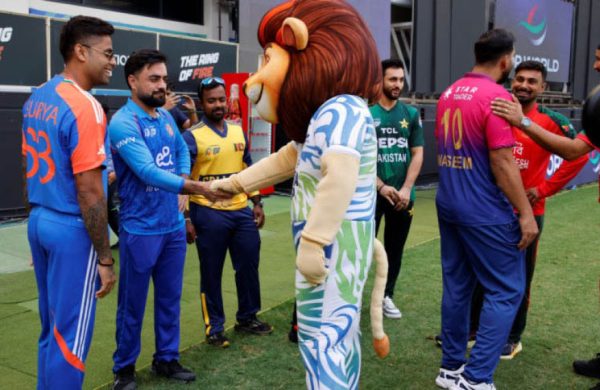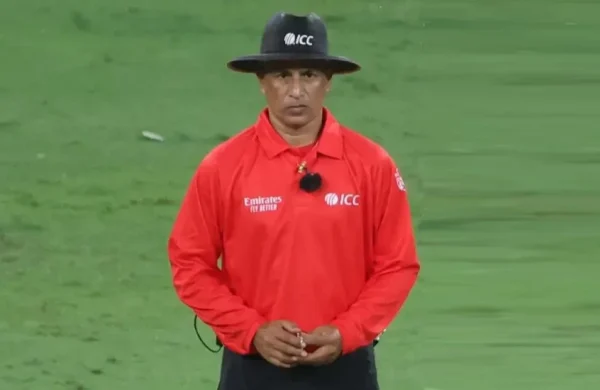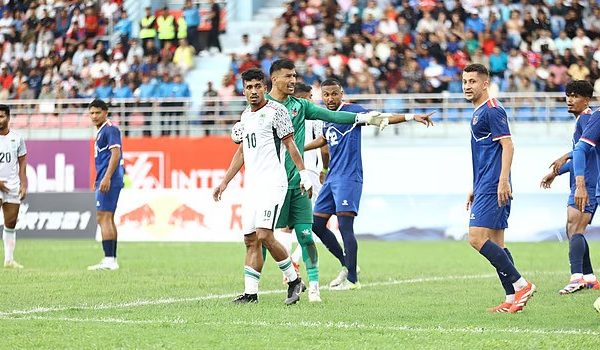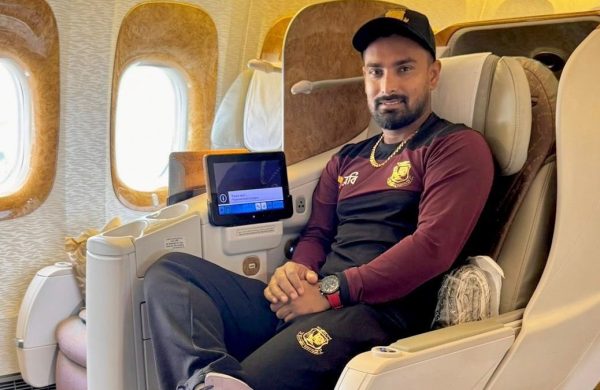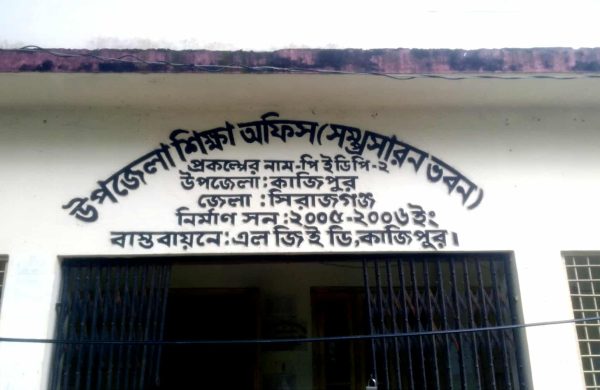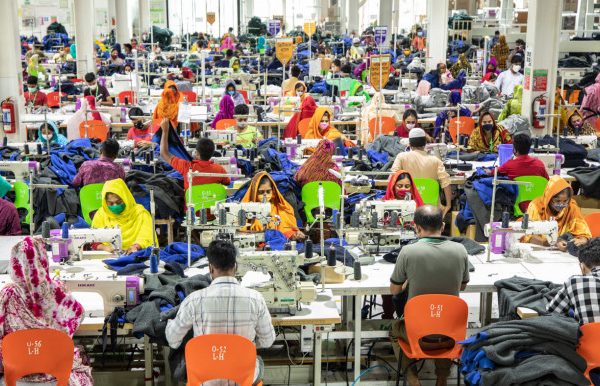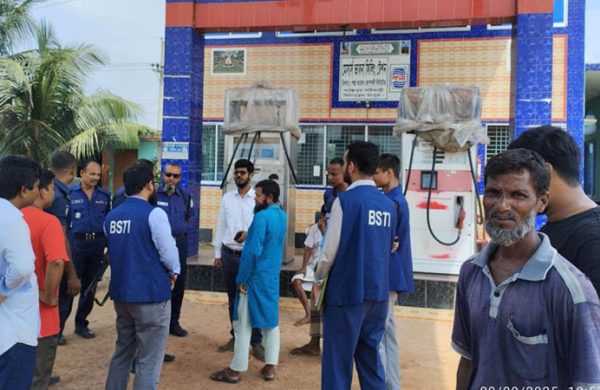Bangladesh in Asia Cup: an enduring affair
- Update Time : Monday, September 8, 2025
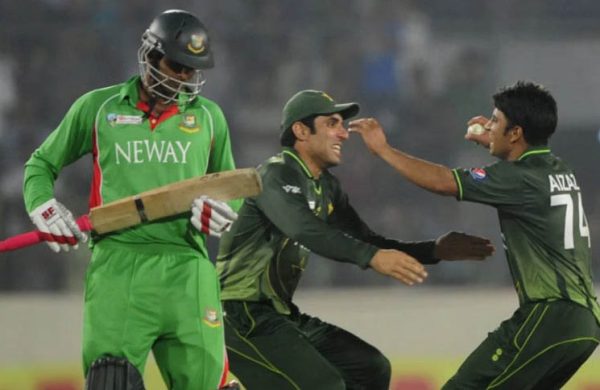
Sports Desk:
The ACC Men’s Asia Cup — a tournament that has been running since 1984 — has so far witnessed 16 editions in which eight different nations have participated, three different teams have lifted the trophy, and only one country has participated in every iteration.
And no, the name of the country is not Bangladesh, it’s Sri Lanka.
Bangladesh have competed in 15 of the 16 editions, the same as India and Pakistan, and are yet to clinch the trophy, having finished second-best three times.
History clearly shows that the Tigers are neither the most frequent participants nor the most successful side in this regional event. Still, an argument can be made that of all the teams, Bangladesh have the deepest connection with the Asia Cup.
Not convinced? Here are a few reasons that should change your mind:
THE ODI BEGINNINGS
Bangladesh first competed in the Asia Cup in 1986– the tournament’s second-ever edition.
Held in Sri Lanka, that edition had only three sides in total – the hosts, Pakistan and the Tigers– as India had pulled out owing to strained relations with the Lankan cricket board at the time.
Led by Gazi Ashraf Hossain Lipu, the current chief selector of the national team, Bangladesh qualified for the event as champions of the 1984 South-East Asia Cup.
On March 31, the Lipu-led side faced Imran Khan’s Pakistan in Moratuwa and lost the game by seven wickets. Two days later, they lost by the same margin against Duleep Mendis’ Sri Lanka and returned home empty-handed.
Once Bangladesh attained the ODI status in 1997, those matches retroactively were included as ODIs, hence, the match against Pakistan is now recorded as the Tigers’ first official ODI.
FIRST-TIME HOSTS
In 1988, the third edition rolled around, and this time, Bangladesh were given the hosting duties.
The tournament was held in Dhaka and Chattogram, and with India returning to the dance, it became a four-team event.
The final took place between India and Sri Lanka — winners of the first and second editions respectively — and the former won it by six wickets at the National Stadium in Dhaka.
Despite the on-field failure, it was a landmark tournament for Bangladesh cricket as it was the first time the country hosted a multi-team major event like this.
The successful execution of the tournament set the precedent for Bangladesh hosting the ICC Knockout tournament in 1998, which played a pivotal role in the country earning its Test status two years later.
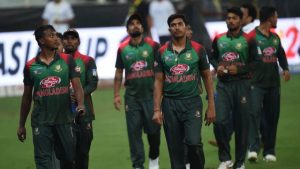
THREE-TIME RUNNERS-UP
From 1990 to 2010, the Tigers competed in seven editions of the Asia Cup, played 24 matches but won only two games — against Hong Kong in 2004 and the UAE in 2008 — and lost the other 22 games, never going past the group stage.
The sorry state of two decades then changed dramatically as the Tigers roared into the final in three of the following four editions.
First came the 2012 edition at home, in which Bangladesh beat India and Sri Lanka in the league phase to make it to the final for the first time.
They repeated the success at home in the first-ever T20 edition of the event in 2016 and reached the final in the 2018 edition as well, held in the 50-over format in the UAE.
But in all three occasions, the Tigers finished as the second-best side.
In 2012, Pakistan broke Bangladesh hearts, as the hosts lost the game by two runs, leaving Bangladesh fans in the Mirpur gallery as well as the players themselves in tears.
In 2016, India outclassed the Tigers by eight wickets, and the same side crushed Bangladesh’s hopes in 2018, this time the winning margin being three wickets.
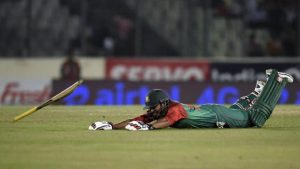
All three will go down as missed opportunities for the generation of the Bangladesh team, as winning at least one of those finals could have elevated the country’s cricket to a higher level.
However, the fact remains that those three runners-up finishes are the best result in a major tournament for the men’s national team to date.
THE RECENT STUTTERS AND THE PATH AHEAD
In the following two editions in 2022 and 2023, the team could not live up to their previous record.
Bangladesh crashed out of the group stage in the 2022 edition in the UAE, which was held in the T20 format, and could not go past the Super Four stage in the following edition held jointly in Pakistan and Sri Lanka.
The 17th Asia Cup is set to begin on September 9 in the UAE, and the Tigers have been placed in a tricky group alongside Sri Lanka, Afghanistan and Hong Kong, with only two teams set to move onto the Super Four.
The tournament returns to the T20 format this year, a format where the Tigers have been a settled unit in recent times.
Under Litton Das’ leadership, the Tigers will begin their 16th Asia Cup campaign with an aim of ending Bangladesh’s trophy-less run in men’s senior cricket and make the Asia Cup and even more significant tournament in Bangladesh cricket’s folklore.


